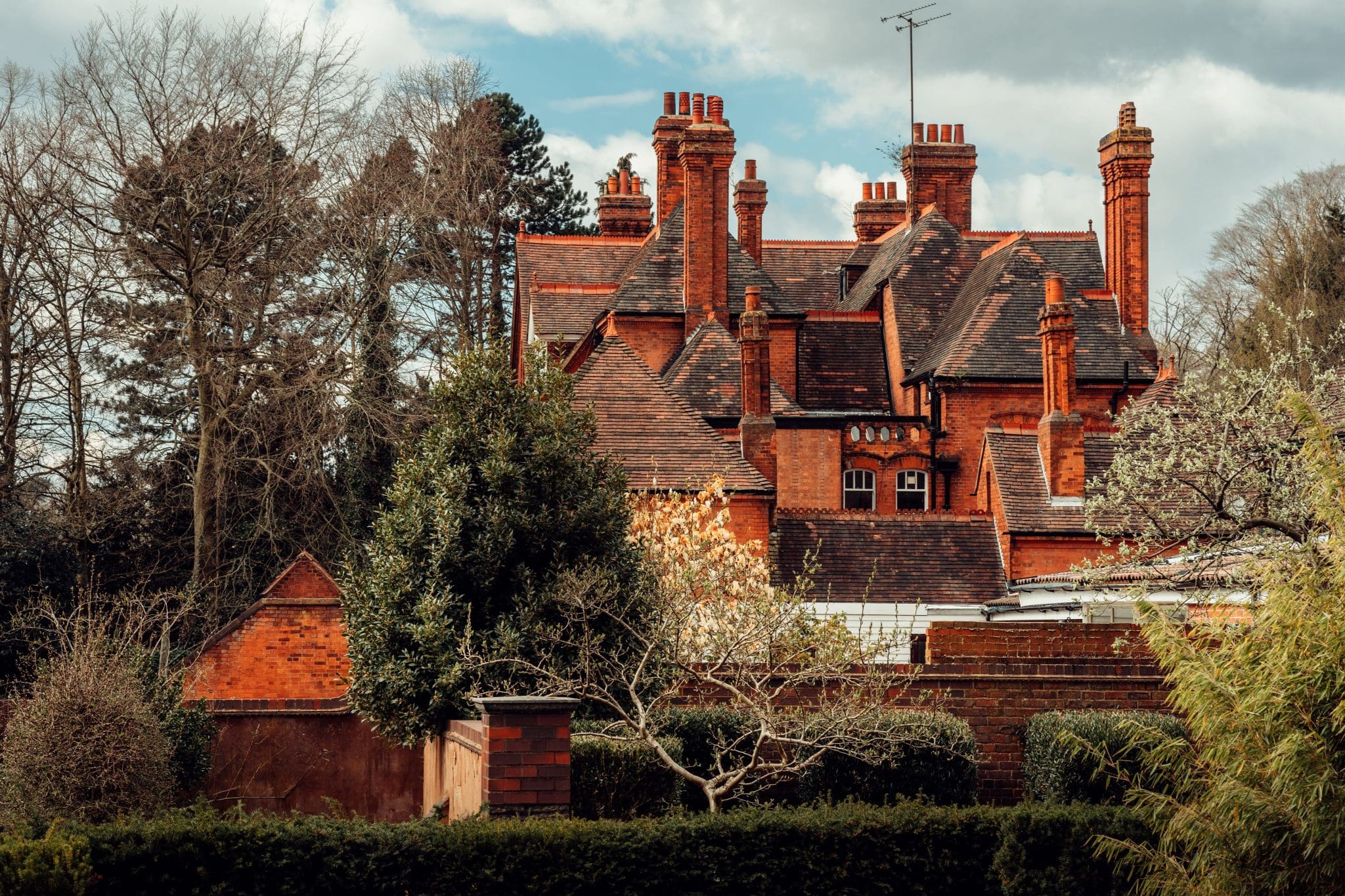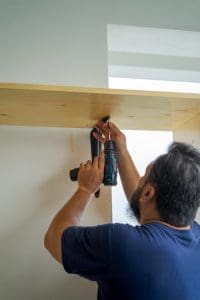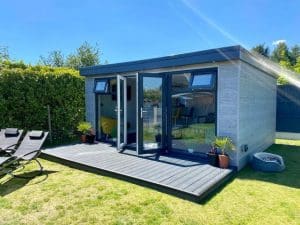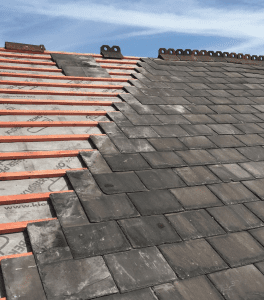Period homes, whether Victorian, Edwardian, or Georgian, are treasured for their character, charm, and architectural detail. High ceilings, decorative cornices, sash windows, and intricate brickwork give these properties a unique aesthetic that many homeowners cherish. However, while period homes have undeniable appeal, they often lack modern living conveniences, space, or open-plan layouts that contemporary families desire. This is where a thoughtfully designed modern extension can transform your home, adding both functionality and value without compromising its historic character.
In this guide, we’ll explore how to successfully blend modern extensions with period homes, covering design strategies, materials, and practical tips to ensure a seamless and striking result.
Understanding the Challenges
Integrating a modern extension with a period property is not without its challenges. Unlike a newly built property, older homes have structural quirks, varying materials, and strict conservation considerations in some cases. Key challenges include:
- Maintaining architectural harmony: Ensuring the new extension complements, rather than clashes with, period features.
- Planning and permissions: Period homes often fall under stricter planning regulations, especially if they are listed or in conservation areas.
- Structural limitations: Older foundations, uneven walls, and variations in brickwork can affect how a modern extension is constructed.
- Material matching: Balancing contemporary materials with traditional brick, stone, or timber elements requires careful planning.
Understanding these challenges early helps you make informed decisions and work with specialists who have experience blending the old with the new.
Design Principles for Modern Extensions on Period Homes
1. Respect the Original Architecture
The first principle is respecting the original architecture. Your modern extension should acknowledge the period home’s character while introducing contemporary elements. This doesn’t mean mimicking historical features; instead, aim for a sensitive contrast. For example, if your Victorian property has red brickwork and sash windows, a modern extension might use complementary brick colours, render finishes, or sleek glazing to harmonise without copying.
2. Create a Connection Between Old and New
A seamless transition between the existing home and the extension is vital. Consider using glass connectors, bi-fold doors, or internal atriums to link spaces visually and physically. This approach allows natural light to flow from the extension into the original home while maintaining the sense of a unified property.
3. Prioritise Natural Light
Period homes often have smaller windows, resulting in darker interiors. A modern extension provides an opportunity to bring abundant natural light into your home. Floor-to-ceiling windows, rooflights, and skylights can brighten previously dim areas and create a sense of openness, which is particularly effective in kitchen and living spaces.
4. Complementary Materials
Material choice is crucial when blending modern and period architecture. A successful modern extension balances contemporary materials-such as steel, aluminium, or glass—with traditional ones, like brick, stone, or timber. For instance:
- A rendered finish can modernise a side or rear extension while complementing brickwork.
- Corten steel or aluminium frames add a sleek, contemporary look without overpowering the historic elements.
- Timber cladding introduces warmth, connecting the modern extension to the traditional charm of the home.
5. Sympathetic Rooflines
Roof design can make or break the integration of a modern extension. Consider flat roofs or subtly pitched roofs that don’t compete with the original property’s lines. Roof terraces or green roofs can also add a contemporary touch while remaining unobtrusive from the street.
Practical Tips for Blending Modern Extensions
1. Work with Experienced Professionals
Blending a modern extension with a period home requires expertise in both traditional and contemporary construction techniques. Hiring a builder and architect experienced with period properties ensures that structural and aesthetic decisions are made with confidence.
2. Consider Internal Flow
Think carefully about how the extension will function inside the home. Open-plan kitchens, dining areas, or living spaces are popular modern features. Integrating these spaces without disturbing the home’s historical layout requires careful planning to maintain flow while maximising usable space.
3. Maintain Period Details
Where possible, retain period details such as cornices, skirting boards, fireplaces, or ceiling roses. These elements provide character and charm, contrasting beautifully with the clean lines of a modern extension. Preservation of original features can also enhance property value.
4. Blend Indoor and Outdoor Spaces
Modern extensions often feature large sliding or bi-fold doors that connect indoor spaces with gardens or patios. This creates a contemporary lifestyle feel without compromising the period aesthetics of the original home. Landscaping around the extension can further harmonise the new and old structures.
5. Pay Attention to Colour Schemes
Colour choices can subtly unify modern and period elements. Neutral tones for extension walls and trims often complement existing brickwork or timber. Bold contrasts can also work if executed thoughtfully, for example, dark grey window frames against traditional red brick.
Planning Considerations
Before beginning a modern extension on a period property, it’s essential to:
- Check planning regulations: Some period homes require planning permission for extensions, particularly listed buildings or those in conservation areas.
- Consult a structural engineer: Older foundations may require reinforcement or alterations to support modern designs.
- Budget for specialist materials: Maintaining character while using modern construction methods may incur additional costs, especially for bespoke elements or high-quality glazing.
Case Study Example
At 3D Construction, we recently completed a modern kitchen and dining extension for an Edwardian property in Stockport. By using floor-to-ceiling glazing, a neutral render finish, and a flat roof, we created a sleek modern addition that complemented the existing home. Inside, an open-plan layout maximised natural light and flow while preserving original fireplaces and cornices in adjoining rooms. The result was a harmonious blend of old-world charm and contemporary functionality.
Conclusion
Blending modern extensions with period homes is both an art and a science. The key is to respect the home’s original architecture while introducing contemporary features that enhance functionality and lifestyle. Thoughtful design, material choice, and attention to detail ensure that the finished extension feels like a natural part of the property rather than an afterthought.
By working with experienced builders and architects, maintaining period details, and carefully planning materials, rooflines, and internal flow, homeowners can create an extension that adds space, value, and modern convenience without sacrificing character.




